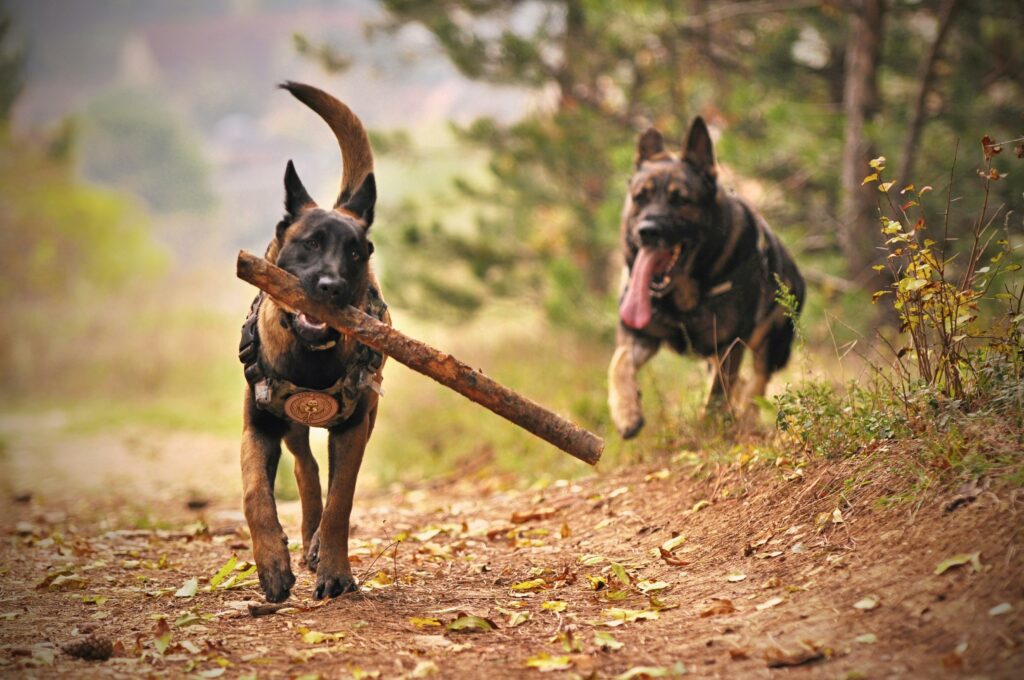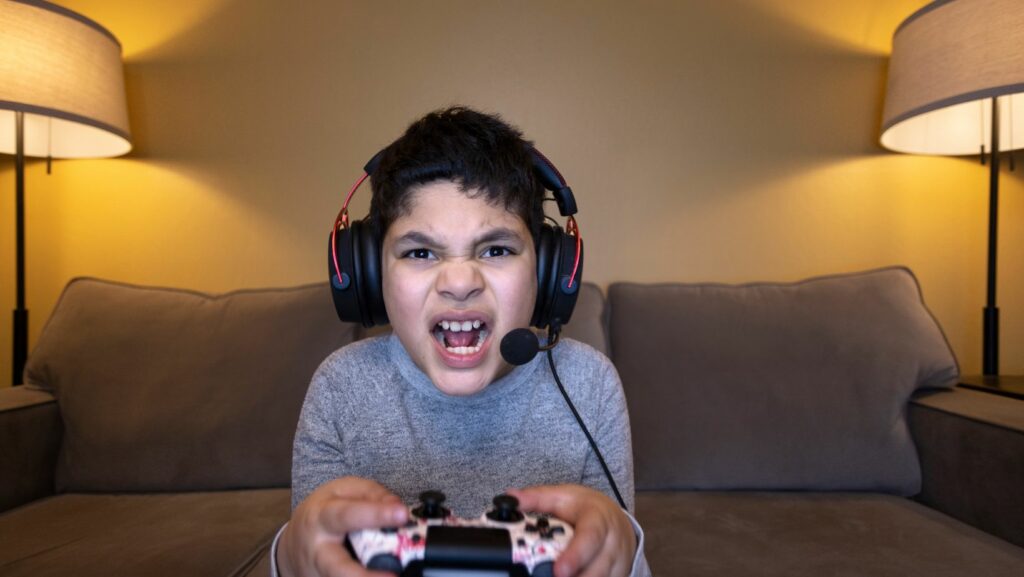Mental Stimulation Games for Dogs
Recognizing the integral role mental stimulation plays in a dog’s life can dramatically improve its quality of life. In this section, we delve into a deeper understanding of mental stimulation and the benefits it serves in a dog’s life.

Mental stimulation, in simpler terms, refers to the variety of activities which engages a dog’s mind. These activities not only include training sessions but also any problem-solving activities such as puzzle toys and hide-and-seek. Mental exertion can often be as tiring for a dog as physical exertion. This makes the mental stimulation a key aspect in any dog’s life, just like physical activity.
Many studies, including those published in distinguished dog behavior journals, have indicated that mental stimulation greatly affects a dog’s overall health and behavior. It helps keep their brains sharp and reduces the risk of cognitive diseases. Moreover, it prevents behavioral problems such as excessive barking, destructiveness, and aggression which can arise from boredom and lack of mental engagement. A dog involved in stimulating activities is a happier, healthier dog.
Exploring Various Types of Mental Stimulation Games
Dogs greatly benefit from mentally stimulating games, substantial for their well-being. These games often serve as an extension of their earlier established routine, enabling them to employ cognitive abilities while providing enjoyment.
Interactive dog toys, a category in mental stimulation games, add an activity level to arbitrary play. They often integrate a challenge component, mandating dogs to think, plot, or even use their natural instincts. For example, treat-dispensing toys makes a dog work for their reward, requiring careful thinking and paw-eye coordination to obtain the hidden goodies. It’s a game type that allows the dog not only to play but also to learn.

Puzzles constitute another essential type of mental stimulation game. These specifically aim to activate a dog’s problem-solving abilities. Numerous puzzles cater to dogs, with each offering varying difficulty levels and mechanics. For instance, slider puzzles require dogs to nudge and slide pieces, revealing hidden compartments filled with treats. Such games foster curiosity and mental engagement, keeping a dog’s mind active while acting as a fun diversion.
Hide and seek games present classic yet effective means of mental stimulation for dogs. In this game type, a dog searches for a hidden treat or toy, promoting use of their remarkable scent and tracking abilities
These games not only stimulate a dog’s brain but also optimize their inherent sniffing instincts. For example, hiding treats within a snuffle mat requires dogs to rummage through the fabric to find their rewards, improving their scanning abilities. These games encapsulate mental stimulation with an added layer of physical activity, underlining their overall efficiency.
Benefits of Mental Stimulation Games for Dogs
Mental stimulation games pose grand benefits for dogs, scaling from enhanced cognitive abilities to better emotional health. This section divulges deeper into these advantages.
Mental stimulation games serve as a useful tool to ward off boredom in dogs. The games keep them engaged, rending their minds active and focused. Anxiety often sprouts up in dogs due to extended periods of inactivity or insufficient mental stimulation.

By investing time in mental stimulation games, owners can diverge their dog’s focus, leading to a reduction in stress levels. For example, interactive toys like snuffle mats – designed to stimulate a dog’s sense of smell – can occupy their minds for hours, mitigating anxiety levels.
Promotion of problem-solving skills forms another salient advantage of mental stimulation games for dogs. Games like puzzles or treat-dispensing toys coerce dogs to think critically, driving them to devise strategies to achieve the targeted treat or finish the puzzle. For instance, toys designed with multiple hide-and-seek compartments oblige dogs to deduce methods for retrieving the hidden rewards. This exercise also helps to improve their memory and concentration.
High participation games provide a multi-faceted platform for owners to tighten the bond with their dogs while administering mental stimulation. These games could include fetch and seek, trick training or agility sports. Their hands-on nature allows for quality bonding time, further solidifying a dog’s trust and understanding towards their owner. For example, an agility course necessitates communication and companionship between the dog and the owner, strengthening their connection. These activities serve dual purposes – facilitating mental exercise while enhancing the dog-owner relationship.



